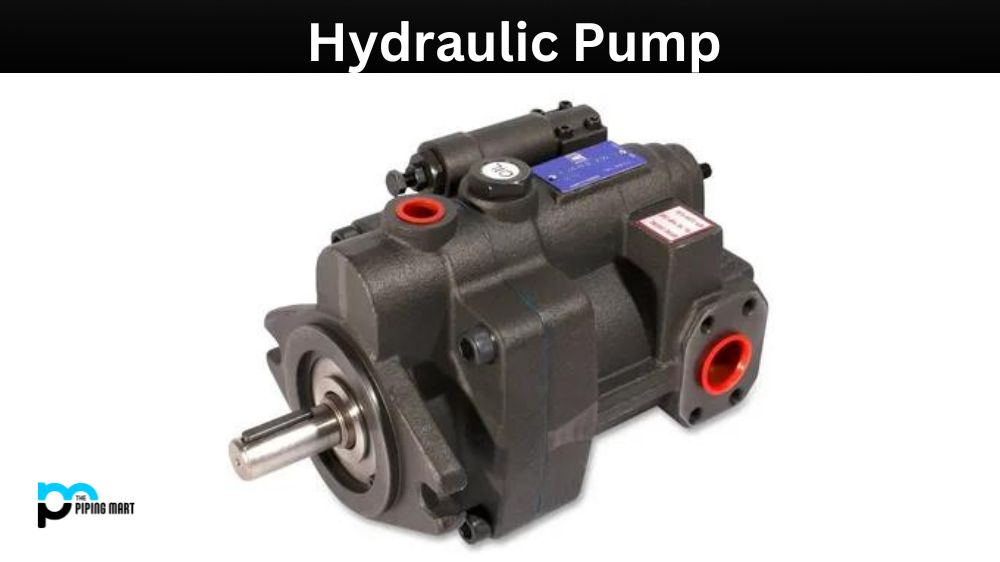Tack welding is a simplified form of welding that uses a series of small, localized welds to connect two pieces of metal together. It is often used in the manufacturing industry for quick assembly and repair. However, like any other form of welding, tack welding has both advantages and disadvantages. Let’s take a look at what these are.
Advantages of Tack Welding
One of the biggest advantages of tack welding is its speed. Because it requires only small localized welds, tack welding can be done much faster than traditional welding techniques. This makes it an ideal choice for high-volume production lines where speed is essential. Additionally, because there’s less heat involved in tack welding than in other forms of welding, the risk of warping and distortion is greatly reduced.
Tack welding also offers greater control over the finished product when compared to other types of welding processes, such as MIG or stick welding. With tack welding, you can precisely place each weld as needed without having to worry about overdoing it or making mistakes that may require reworking later on. This makes it perfect for jobs that require precision and accuracy, such as fabricating intricate designs or repairing complex machinery parts.
- Tack welding is a quick and easy way to join two pieces of metal together.
- Tack welding is less likely to distort the metal than other types of welding.
- Tack welding can be done with less heat than other types of welding, which means it can be used on thinner materials without damaging them.
- Tack welding produces fewer fumes and smoke than other types of welding, making it safer for both the welder and any bystanders.
- Tack welding can be used to weld in difficult-to-reach places that would be inaccessible to other types of welding.
Disadvantages of Tack Welding
Unfortunately, tack welding does have some drawbacks as well. One major disadvantage is its limited strength; because the welds are so small, they don’t provide much structural integrity compared to other forms of welding, such as MIG or stick welds which create larger, more durable bonds between metals. Additionally, tack welds may not be suitable for certain materials due to their low heat threshold; if the material being joined has a higher melting point than what can be achieved with a tack welder, then another type of welder would need to be used instead. Lastly, while it’s true that tack welders offer greater control over the final product than other types of welders do, this advantage comes at the cost of increased complexity; since each weld needs to be placed individually and precisely, more skill and experience are required compared to traditional forms of welding which allow for more general approaches towards joining metals together.
Limited Use
One of the primary disadvantages of tack welding is that it is only suitable for certain applications. Tack welding is typically only used for joining two pieces of metal together temporarily. This means that it cannot be used for welding together large structures or for creating permanent joints.
Limited Strength
Another disadvantage of tack welding is that it is not as strong as other types of welding. This is because tack welds are typically only a few inches long and are not as thick as other types of welds. This means that they are not suitable for applications where a strong joint is required.
Requires More Skill
Tack welding also requires more skill than other types of welding, such as MIG welding. This is because tack welds are typically made in difficult-to-reach places, such as inside corners or between two pieces of metal that are not flush with each other. This can make tack welding challenging for those who are not experienced in the process.
Time-Consuming
Tack welding can also be time-consuming, as each tack weld must be made individually. This can make tack welding impractical for applications where a quick weld is required, such as in emergency situations.
Can Be Dangerous
Tack welding can also be dangerous, as it produces harmful fumes that can be inhaled by those working nearby. Additionally, tack welders must be careful not to burn themselves on the hot metal or arc flash.
Conclusion:
Overall, while there are some disadvantages associated with using a tack welder – primarily its limited strength and increased complexity – these issues can generally be overcome with careful planning and proper use. Ultimately though, whether you should use a tack welder will depend largely on your specific needs; if you require fast assembly times or precise control over your finished product, then a tack welder might just be your best bet! With all this in mind then, hopefully, you now have enough information to make an informed decision when considering whether or not to use a tack welder for your next project!

Abhishek is a seasoned blogger and industry expert, sharing his insights and knowledge on various topics. With his research, Abhishek offers valuable insights and tips for professionals and enthusiasts. Follow him for expert advice on the latest trends and developments in the metal industry.




